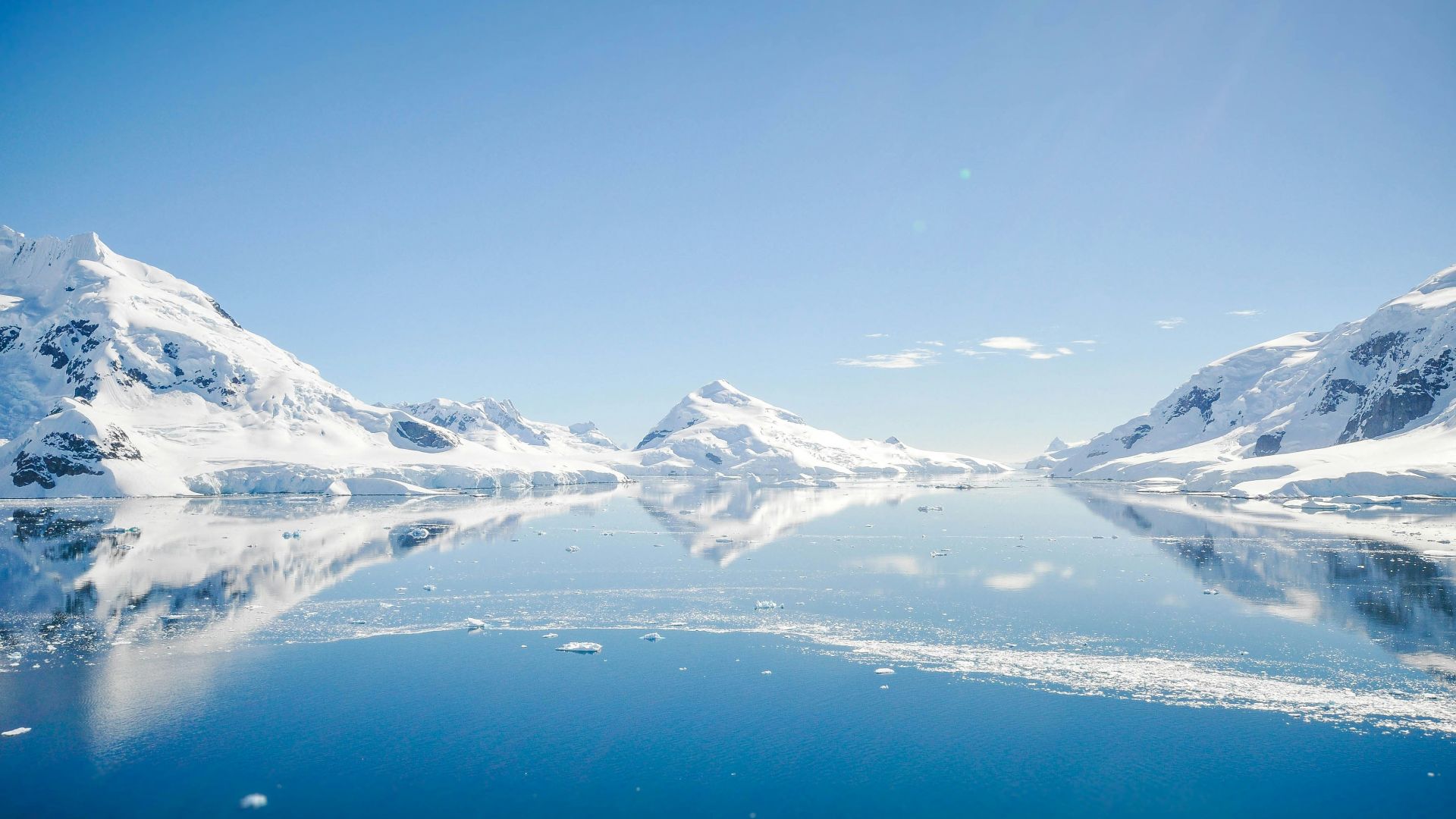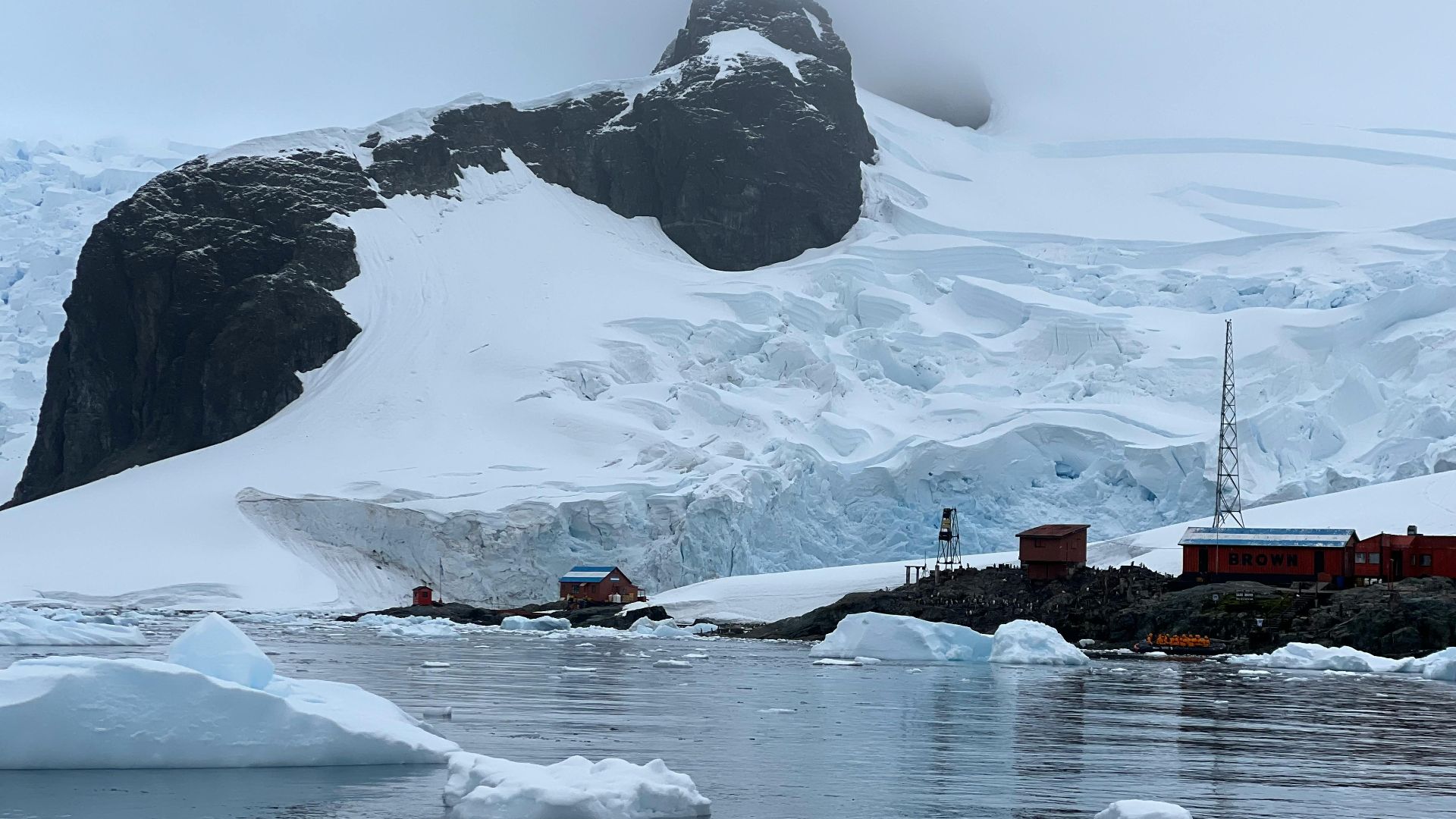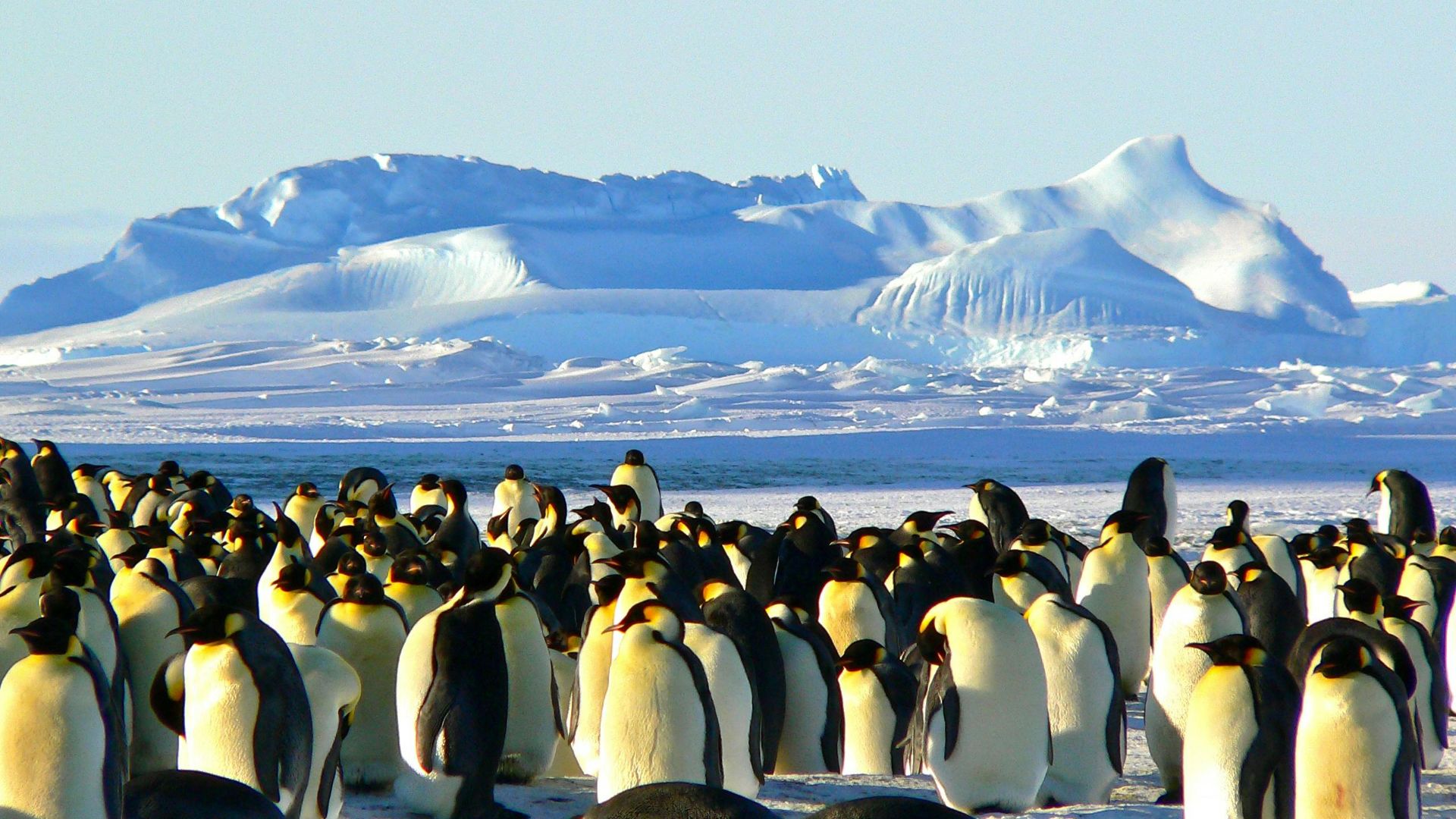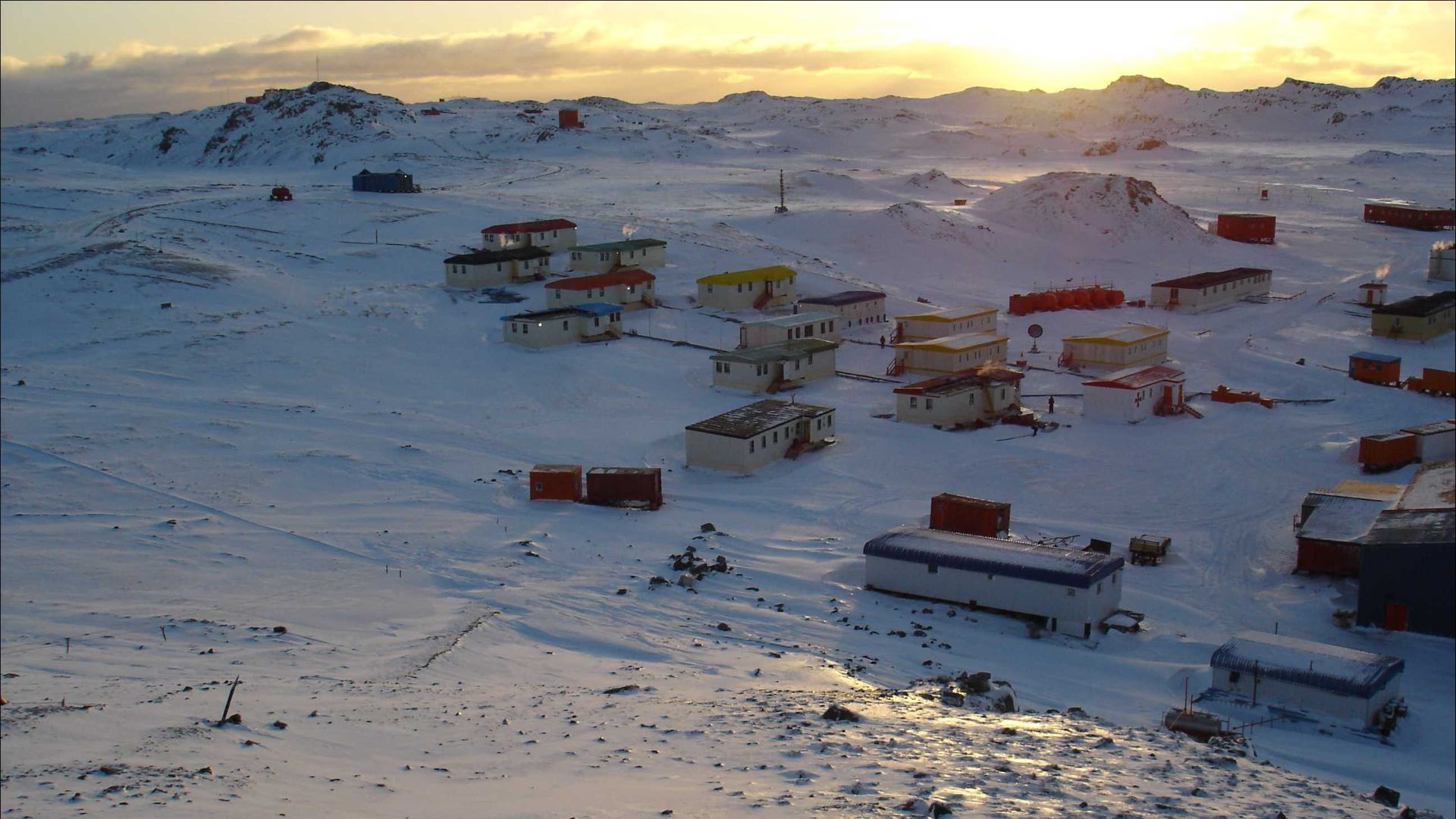Facts About the Southernmost Part of the World
You might know of Antarctica in broken parts: how it's the coldest place on Earth, how few people there are, how it's a continent of its own. But there's so much more to the terrific beauty that's nestled in the southernmost part of the world that you might not be aware of. From being a polar desert to housing two active volcanoes, here are 20 stunning—and possibly shocking—facts about this remarkable frozen region.
1. It's a Polar Desert
Not only is Antarctica the coldest place on Earth, but it's also the driest continent, receiving little to no rain or snow. Any precipitation that does fall builds on the icy surface, forming thick sheets and glaciers over hundreds of years. Vegetation is also rarely seen or grown in Antarctica.
2. Holds Most of Earth's Fresh Water
Made up of a glacial sheet spanning 14 million square kilometers and containing 30 million cubic kilometers of ice, Antarctica holds nearly 90% of Earth's surface fresh water, frozen in thick frost. The only other significant ice sheet is in Greenland, holding around 8% of Earth's fresh water.
3. Everywhere is North
When you're in the southernmost part of the world, every direction you face is north. For this reason, grid navigation—a map divided into sections, using latitudinal and longitudinal coordinates—is used, since compass arrows would all point upwards. Another interesting fact is that, since all the longitudinal lines converge to a single point here, Antarctica falls in all the time zones. Researchers follow the local time of their home country.
4. Home to Gamburtsev "Ghost" Mountains
The Gamburtsev Mountain Range is buried under layers—nearly 2000 feet—of snow and ice, earning them the "ghost mountains" nickname. Located in East Antarctica, it's believed that this is the birthplace of the region's ice sheet which had formed over the course of some millions of years.
5. Antarctica Expands in the Winter
Though Antarctica is the fifth-largest continent in the world, covering nearly 14 million square kilometers, in the winter it expands twice its size. This is due to sea freeze, when the salty waters form sea ice around the region, so much so that it nearly doubles the continent.
6. Sunlight Stays for Six Months in the Summer
In the summer, Antarctica is bathed in constant light, meaning it's daytime for six straight months. Because this can significantly affect the body's natural circadian rhythm, researchers often find themselves working long hours without feeling the need to sleep.
7. Sunset Stays for Six Months in the Winter
In the winter, the opposite occurs: the continent is swallowed by darkness for six consecutive months. Researchers who stay at the stations for winterovers typically find it quieter, and lonely. And it makes sense, since the continent is most inhabited in the summer (upwards of 1000-5000) than in the winter (around 100-1000).
8. No Permanent Residents
In a cold, windy, dry desert like Antarctica, it should come as no surprise that there are no permanent residents. No permanent cities, towns, or streets. Even then, it sees inhabitants all year round, though most are researchers living temporarily on base.
9. Abundant with Wildlife
Despite what you might think (and sometimes called "polar confusion"), polar bears don't live in Antarctica—they live up north in the Arctic. They wouldn't be able to just "move" to the south pole, either: in Antarctica, where many penguins are roaming about, having a predator in the same space could wipe out the population. Seals and whales are also widely seen on the continent.
10. Home of the Blood Falls
Antarctica is also home to bloody falls. East of the continent in the Taylor Valley of McMurdo Dry Valleys, the Blood Falls isn't actually a gory outpour of what you might think. Instead, it's a concentrated plume of iron-rich saltwater, flowing out from a cut in the Taylor Glacier into Lake Bonney.
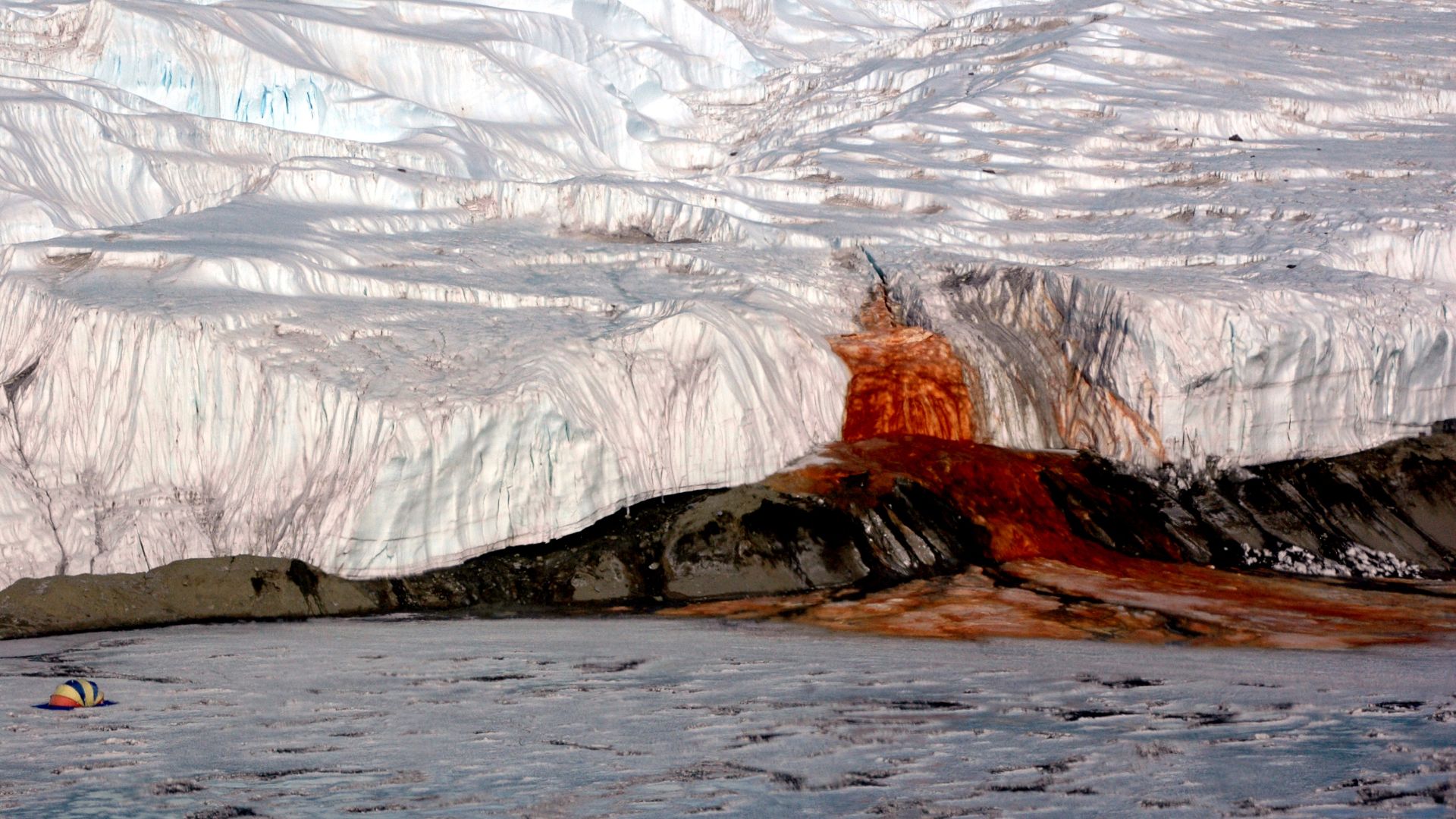 National Science Foundation/Peter Rejcek on Wikimedia
National Science Foundation/Peter Rejcek on Wikimedia
11. Eleven People Were Born in Antarctica
It may shock you to know that 11 people were born in Antarctica. The first ever recorded birth was Emilio Palma, an Argentine man born in 1978 in Esperanza Base. None of these children ever perished as babies, making Antarctica the continent with the lowest infant mortality rate.
12. The McMurdo Dry Valleys are Permanently Snow-Free
Although the rest of the continent is sheathed in white, the McMurdo Dry Valleys are snow-free, seeing less than six centimeters of precipitation every year. Here, it's too cold and dry for anything to survive, where the peaks of the Transantarctic Mountain Range prevent ice from flowing into the region.
13. Has Two Active Volcanoes
Antarctica is home to two active volcanoes: Mount Erebus and Deception Island. The former, located on Ross Island, overlooks the McMurdo research station and is considered the world's southernmost active volcano. The latter is underwater, whose eruption formed a horseshoe-shaped flooded caldera.
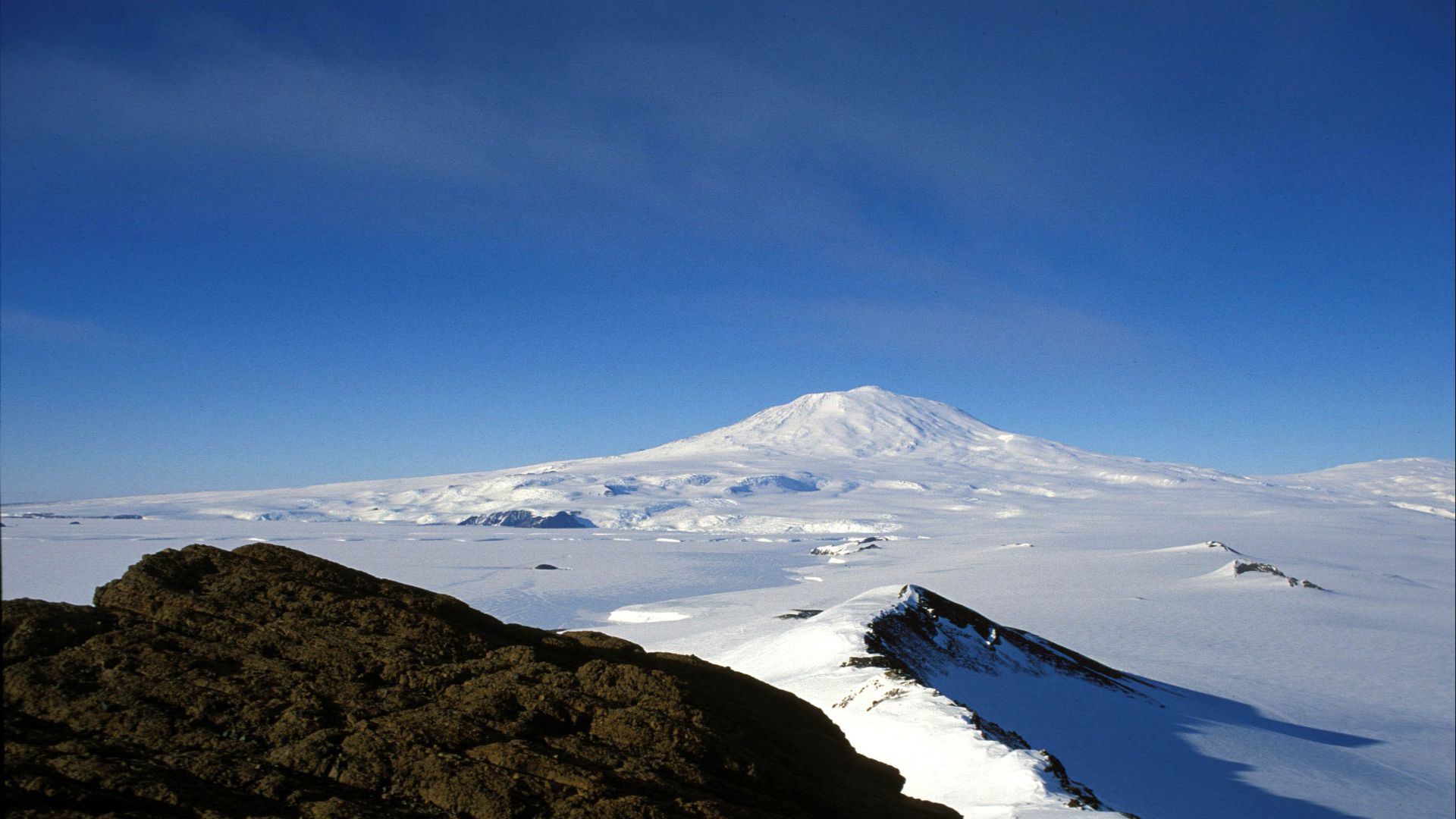 Hannes Grobe, Alfred Wegener Institute for Polar and Marine Research, Germany on Wikimedia
Hannes Grobe, Alfred Wegener Institute for Polar and Marine Research, Germany on Wikimedia
14. Some Fishes Have Antifreeze in Their Blood
Some fish species—namely, the notothenioids—in Antarctica have been found to have natural antifreeze in their blood, which allows them to survive in very low temperatures. They typically lie in wait at the bottom of the sea and feed on smaller fish, like krill.
15. Discovered in 1820
Antarctica was discovered in the 19th century by European sighters, but it's claimed that Polynesian explorers had found the continent much earlier. Being so remote and inaccessible, Antarctica was the last region on Earth to be uncovered. It wasn't coined its name until the 1890s, given by Scottish cartographer John George Bartholomew.
16. Only Two ATMs Exist
It's likely not surprising that only two ATMs exist in a region as barren as the Antarctic, and both of these machines are located in McMurdo Station. Considered the southernmost—and most isolated—ATMs in the world, they're operated by Wells Fargo and see only about 1000 guests every year.
17. Only Two Civilian Settlements
Though there aren't permanent residents residing in the Antarctic, there are still settlements found around the region: in particular, the Villa Las Estrellas and Esperanza Base. Villa Las Estrellas sees about 100 people in the summer, which drops to around 80 in the winter. The Esperanza Base, an Argentine research station in Hope Bay, sees much fewer people.
18. Over 70 Research Stations
Antarctica is mostly inhabited by researchers, with over 70 research stations dotted across the continent, representing some 30 countries around the world from Argentina to China. In the summer, upwards of 5000 people live and work in Antarctica, while in the winter, that number may drop down to 1000.
19. Holds Coldest Temperature Ever Recorded on Earth
The fact that Antarctica holds the coldest temperature ever recorded on Earth should also come as no surprise. This was taken from ground measurements at the Russian Vostok Station in 1983, where the temperature dropped to a shocking -89.2°C/-128.6°F. There have been claims from satellite data that lower temperatures were reached (-94.7°C/-135.8°F), though this wasn't confirmed on ground.
20. No Commercial Flights
You can't get to Antarctica by regular commercial flights. Most methods of travel consist of charter planes or cruises, departing from the tip of South America, and you typically have to be a researcher. Others may be required to join tours to travel to the continent.


